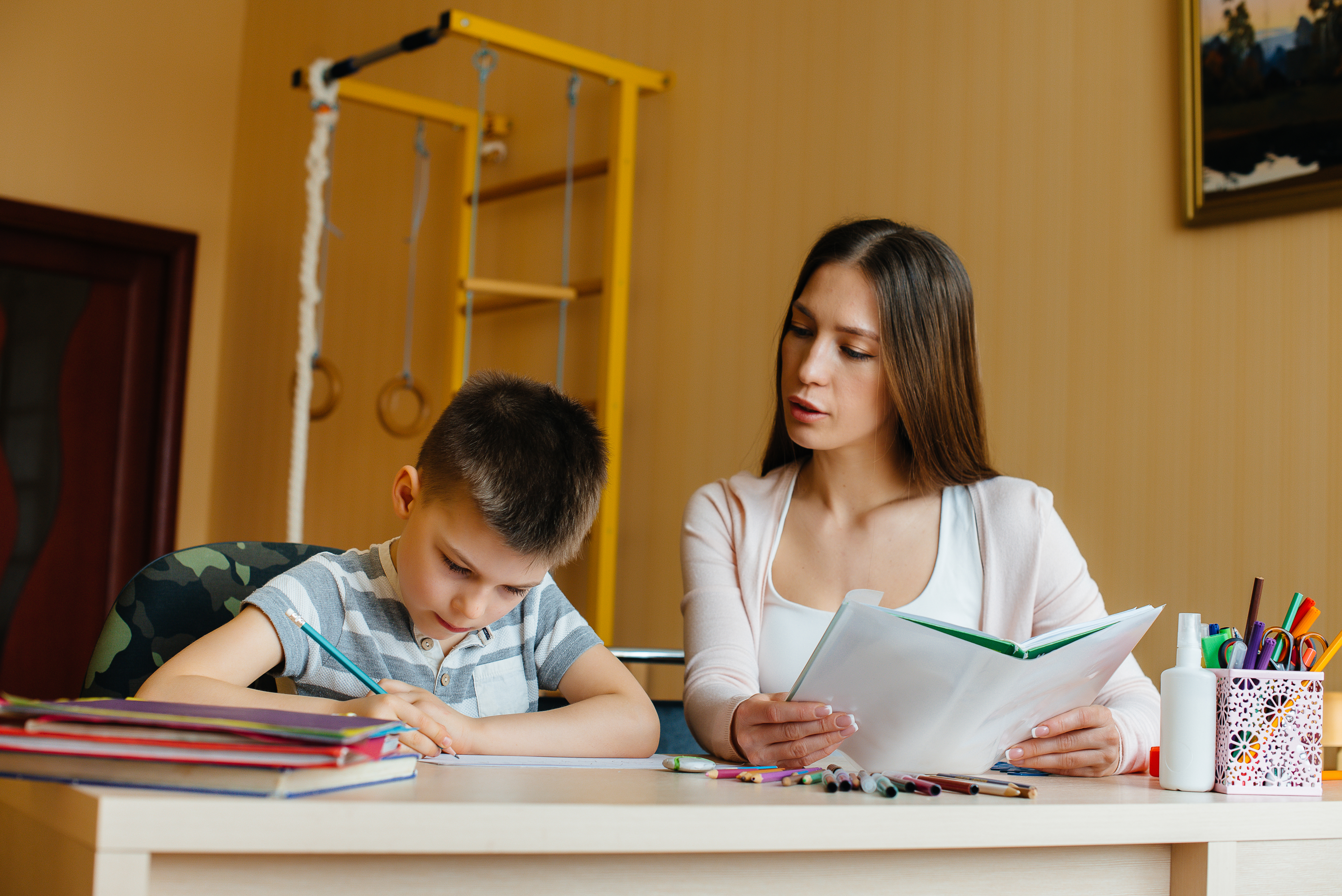
What is Gestalt Language Processing?
April 10, 2023
What is Gestalt Language Processing? This is simultaneously a vastly complex and incredibly simple question to answer.
To start, gestalt language processing (GLP) which is also referred to as gestalt language acquisition is a type of language development that begins with production and understanding of multiple word “gestalts” and ends with spontaneous and novel communication (ASHA). This form of language development is especially prevalent in individuals diagnosed with autism spectrum disorder (ASD).
You might be thinking to yourself that this sounds a lot like echolalia – and you’d be right! Echolalia represents the presence of this type of language development. Gestalt language processors begin with a word, phrase, or complete sentence that they’ve heard from media, parents/caregivers, or elsewhere in their community. This beginning gestalt is assigned a meaning by the communicator that deviates from the literal words used. For example, a child could say “Swiper no swiping!” during play time not directly referencing Dora the Explorer, but instead indicating that they are not ready to share their toys. These phrases are often repeated using the exact intonation used by the original communicator, even though the meaning is different when our gestalt language processors use them.
Gestalt language processors move through 6 stages of language development, beginning with these fixed and self-selected gestalts and ending with spontaneous and individual communication with complex grammar skills. This type of language development is outlined in more depth in materials such as Natural Language Acquisition on the Autism Spectrum by Marge Blanc and “Profiling Young Children’s Communication Competence” by Prizant and Wetherby in 1992. Both resources are cited below, and I highly recommend reviewing these at your own pace, as they will offer more in-depth information than I’m able to cover in a brief blog piece.\
For those of you who received comprehensive instruction and guidance on assisting children through these language development stages – I’m jealous! I personally felt lost in my own practice when working with gestalt language processors. SLPs are provided a fixed and regimented framework for intervention in most areas of therapy, such as the cycles approach for phonological disorders, motor planning-based therapy sessions for apraxia, and guided language input with core word focus for our AAC users. The difficult and beautiful reality of gestalt language processing is that there is no one way to support someone through all 6 stages. Each individual communicator uses their own gestalts, of varying lengths and communication functions, and progresses through each stage at their own rate. This is mind-boggling for my type-A self who wants an outline, a path, and an answer for the question “What should I do in my therapy session tomorrow?”
Well – welcome to this new series! We will be diving into assessment for gestalt language processors, resources for SLPs as well as parents and caregivers, and a brief overview of what a therapy session with a gestalt language processor can look like.
As always, I highly recommend looking at the resources linked below. The research on this topic spans decades but can be difficult to find independently. I’ve tried to compile as many resources as possible for this piece and all subsequent pieces in this series to make the search easier on you all. Have questions? Comment below!\
References & for Further Reading
American Speech-Language-Hearing Association. (n.d.). Echolalia and its role in Gestalt language acquisition. American Speech-Language-Hearing Association. Retrieved March 7, 2023, from https://www.asha.org/practice-portal/clinical-topics/autism/echolalia-and-its-role-in-gestalt-language-acquisition/
Blanc, M., & Lyon, J. G. (2012). Natural language acquisition on the Autism Spectrum: The journey from echolalia to self-generated language. Communication Development Center.
Davis, K. (2017, May 9). *Echoes of language development: 7 facts about echolalia for SLPS *. The ASHA LeaderLive. Retrieved March 7, 2023, from https://leader.pubs.asha.org/do/10.1044/echoes-of-language-development-7-facts-about-echolalia-for-slps/full/
Konyn, L. (n.d.). Gestalt language processing and AAC. AssistiveWare. Retrieved March 7, 2023, from https://www.assistiveware.com/blog/gestalt-language-processing-aac.\
The Stages of Gestalt Language Development. Meaningful Speech - Echolalia Education - Gestalt Language Processing. (2022, November). Retrieved March 9, 2023, from\ https://www.meaningfulspeech.com/blog/Stages-of-GLP
Stiegler, L. N. (2015). Examining the echolalia literature: Where do speech-language pathologists stand? American Journal of Speech-Language Pathology, 24(4), 750–762.\ https://doi.org/10.1044/2015_ajslp-14-0166
Wetherby, A. M., & Prizant, B. M. (1992). Profiling young children’s communicative competence. In S. F. Warren & J. E. Reichle (Eds.), Causes and effects in communication and language intervention (pp. 217–253). Paul H. Brookes Publishing.
About the Author

Marisa Julius is a speech-language pathologist that has worked in both public and private school settings with a focus in pediatric augmentative and alternative communication therapy. She currently works for a private specialized school setting with children 5-21 with complex communication needs and a variety of disorders including Autism Spectrum Disorder, Down Syndrome, Childhood Apraxia of Speech, Language Delays, Reactive Attachment Disorder, and more. She is a Missouri native and earned two Bachelor degrees from Truman State University in Communication Disorders and German Studies. She received her M.A. in Communication Sciences and Disorders from Saint Louis University. She considers herself a lifelong learner, and is thrilled to be writing for SLP Toolkit, if only for an additional excuse to read more. In her free time, you can find her cooking, reading, hiking, or showing everyone unsolicited pictures of her dog.



